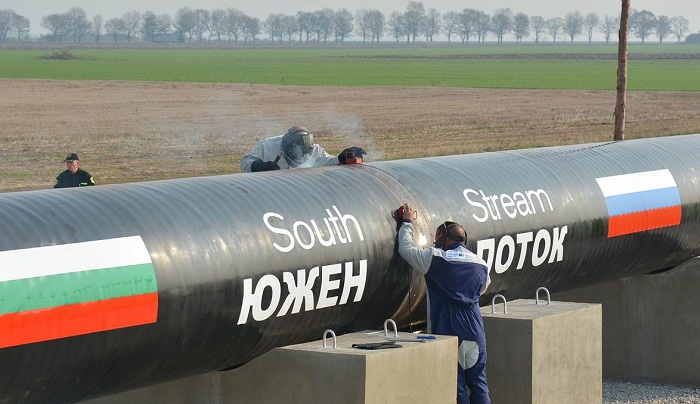Yafimava expects that one string of Turkish Stream (to supply the Turkish market) appears likely.
As for the second string of the Turkish Stream, for onward exports to Europe via Turkey is less likely as Russia might be reluctant for Turkey to play an overly important transit role, the expert said.
She also noted that, the European Commission might also be against it due to the worsening political relationship between the EU and Turkey.
“In my view, in addition to one string of Turkish Stream, one string of South Stream ‘lite’ might be built across the Black Sea, to land in Bulgaria and to connect further to the ITGI thus allowing to create a southern route for Russian gas exports to Europe,” Yafimava said.
She noted that the European Commission might be more cooperative in finding a regulatory solution for how an onward extension of South Stream ‘lite’ might operate on the EU territory, thus allowing for reducing dependence on southern European countries – including Italy – on the Ukrainian transit, but still preserving some transit across Ukraine.
Initially, the Russian "Gazprom" planned to build 4 lines of the Turkish Stream with total capacity of 63 billion cubic meters of gas per year. The capacity of each line was expected to reach 15.75 billion cubic meters per year. Later, it was decided to build fewer lines.
The Turkish Stream had to replace the South Stream project, which should pass in the Black Sea and through Bulgaria and deliver gas to the Balkan republics, as well as Hungary, Austria and Italy, but was abandoned in December 2014.
Gazprom refused from the South Stream gas pipeline because the European Commission did not grant an exception from the rules of the Third Energy Package, which, in particular, says that one gas provider should use no more than 50 percent of the pipeline capacity, and the remaining capacity should be put up for auction.
In late 2015 the Turkish Stream project was frozen due to sharp deterioration of relations between Moscow and Ankara when Turkey shot down a Russian Su-24 bomber with two pilots on board. On June 27, Turkey’s President Recep Tayyip Erdogan sent a letter of condolences to Putin over the death of Russian Su-24 pilot and expressed regret over the incident. After that, the two countries’ relations began to improve. Last week Russia and Turkey announced the resumption of negotiations on the Turkish Stream this week and the intention to create a working group on this project.
More about:
























-1745485667.jpg&h=190&w=280&zc=1&q=100)























